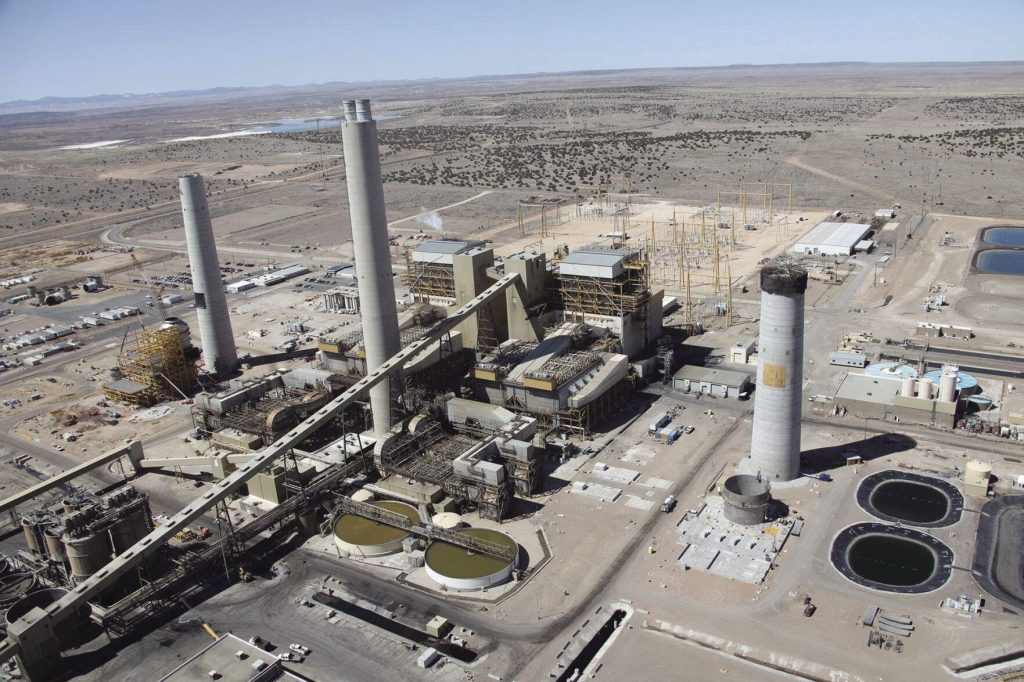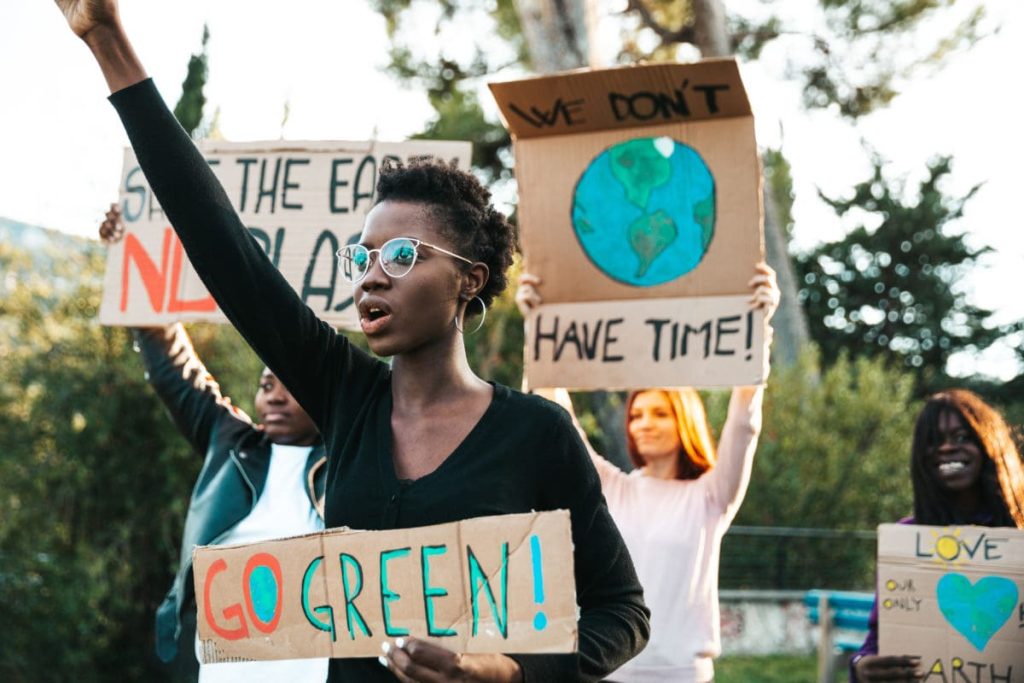let’s reflect on the highs and lows of 2024 from an environmental sustainability perspective. This year has been a whirlwind of challenges and triumphs, let’s dive in!
As 2024 draws to a close, we take a moment to look back on a year filled with both inspiring milestones and sobering challenges in the realm of environmental sustainability. This year has reinforced the ever-important balance between environmental stewardship and the rapid pace of global advancements. Here are some high and low points that defined
2024: The Highs
Renewable Energy Breakthroughs: One of the most encouraging achievements of 2024 has been the accelerated development and deployment of renewable energy technologies. Wind and solar energy capacities surged across continents, with innovations making these options more accessible and cost-effective than ever before. This year, several countries hit record highs in renewable energy outputs, signaling a promising shift away from fossil fuels.

Circular Economy Initiatives: The movement towards a circular economy gained unprecedented momentum, with industries adopting ‘reduce, reuse, recycle’ principles on a massive scale. Many corporations implemented sustainable packaging solutions and closed-loop manufacturing systems, significantly cutting down waste and conserving resources.
Youth-Led Climate Activism: Young activists continued to wield their influence, leading large-scale climate strikes and awareness campaigns worldwide. Their passionate advocacy kept climate issues at the forefront of political agendas, driving governments and corporations to step up their sustainability commitments.

The Lows:
Extreme Weather Events: Unfortunately, 2024 was marked by an alarming increase in extreme weather events, attributable to climate change. Hurricanes, floods, and wildfires devastated communities worldwide, highlighting the urgent need for robust adaptation and resilience strategies.
Biodiversity Loss: The loss of biodiversity remained a pressing concern, with several species inching closer to extinction. Habitat destruction and climate-induced changes led to declining wildlife populations, underscoring the need for enhanced conservation efforts and habitat restoration projects.
Slow Policy Implementation: While there is growing acknowledgment of the climate crisis, the implementation of effective policies lagged behind the urgent calls for change. Delays in regulatory processes and the shortfall of ambitious global climate agreements painted a stark contrast to the pressing demands for action.

Looking Forward
As we transition into 2025, there is an undeniable momentum in sustainability efforts worldwide. With greater awareness and commitment, the path towards a sustainable future is within reach. The high points of 2024 demonstrate the potential of innovation and collective action, while the low points serve as a call to galvanize efforts for meaningful change.
Let’s move forward with hope, determination, and a shared vision of preserving our planet for generations to come.

